The Value of Designers Beyond Design2025.03.14
-
Table of Contents:
When we think of designers, we often associate them strictly with the Design Division. However, at DENSO, as part of our talent development initiatives, many designers temporarily transfer to other departments to gain a broader range of experiences before returning. What motivated them to step outside the Design Division, and what new insights did they gain? In this article, we share the voices of designers who have gone through such transitions.
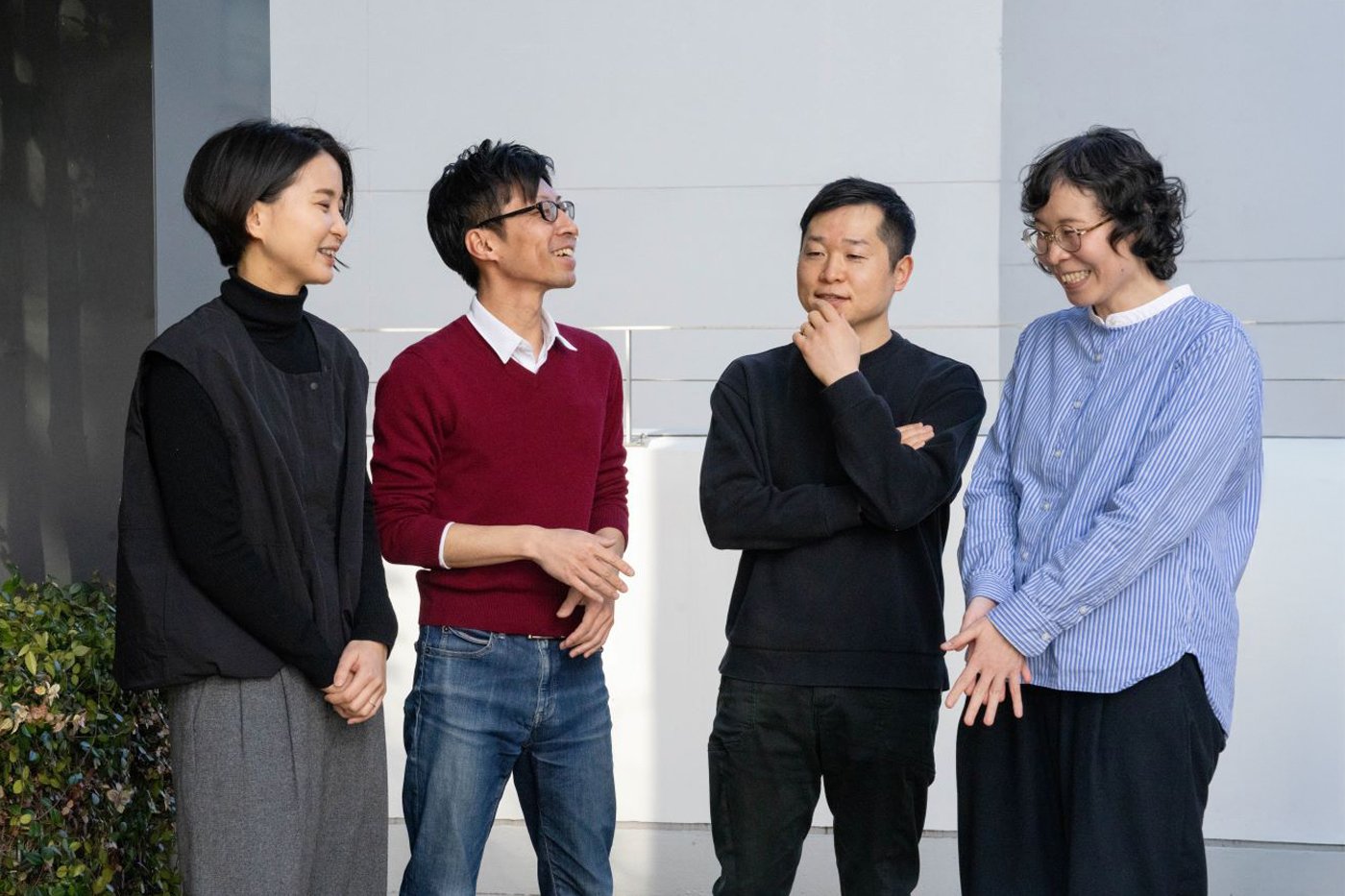
Learning Outside the Design Division
- What prompted your transfer? Designers share their decisions
Kanda: I wanted to understand the process of planning new business initiatives, so I reached out to a department focused on new ventures. Their manager told me, "If there's something you want to do, why not just come?" That supportive attitude led to my transfer.
Hoshida: I also expressed my interest in transferring. I wanted to know how the proposals we made in the Design Division were actually received by the business units--and what kind of design they truly needed. I discussed it with my manager at the time, and they helped coordinate the transfer.
Hosokawa: For me, it started when someone I didn't know suddenly messaged me, saying they wanted to consult on some work. I was surprised--it was a department that had never worked with the Design Division before.
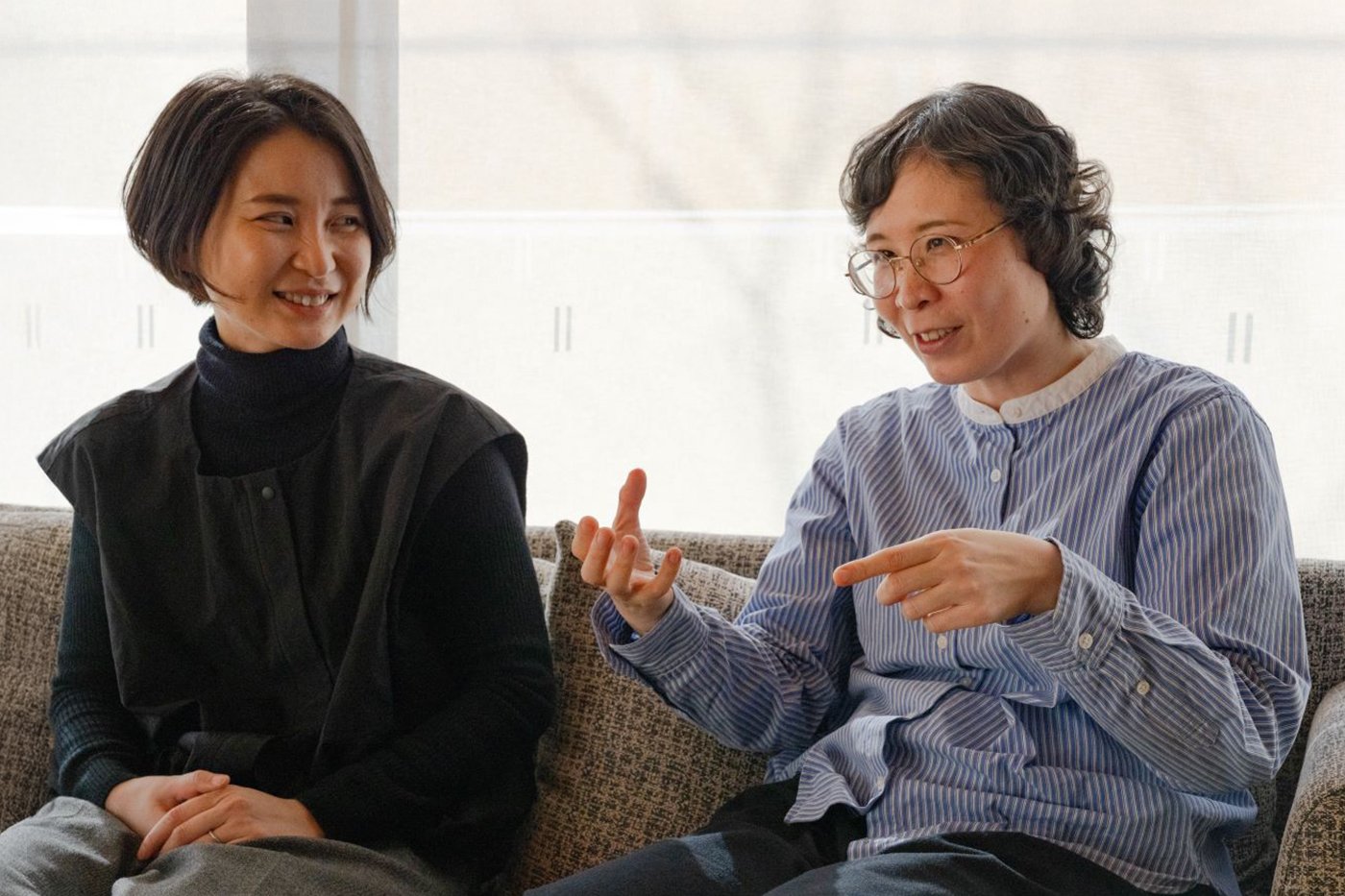
Helping Others Understand the Role of Design
- What kind of work did you do after the transfer?
Hosokawa: I was in charge of HMI (Human-Machine Interface) design for the cockpit. I was given full responsibility, which allowed me to take on both the design work and management tasks with a great deal of freedom.
Kanda: At first, many people saw design as simply "making things look nice." But as I became more involved, more and more colleagues began to understand that design also includes structuring ideas, enhancing communication, and engaging others in the process.
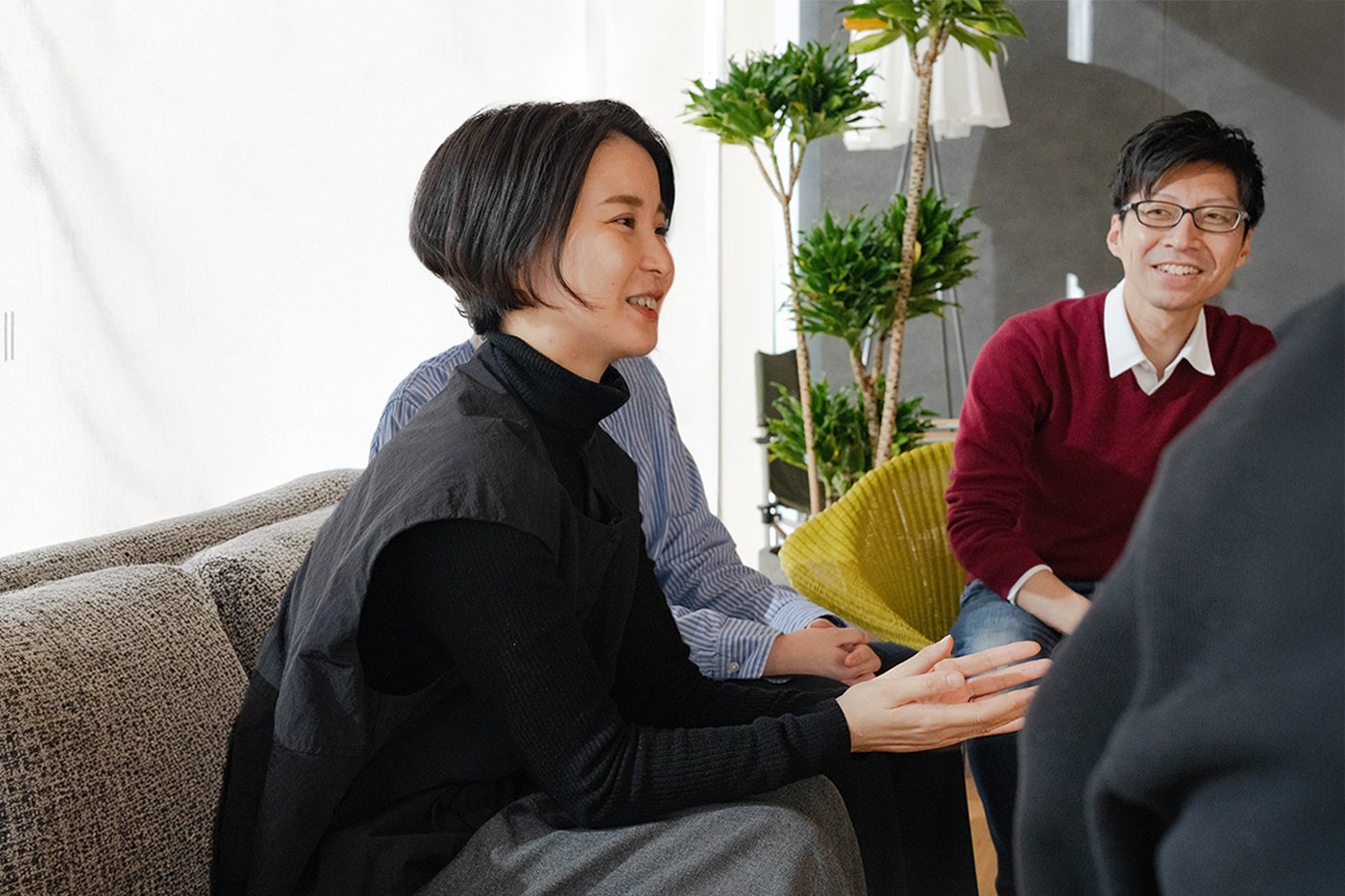
The Excitement and Pressure of Being One Team with Engineers
- What did you experience because you took the leap?
Kanda: The biggest change was being the only designer--there was no backup. I had to make decisions on my own regarding project scope, collaborators, and even budgeting, which brought a sense of pressure, but it was also a valuable experience. I created conceptual diagrams, designed equipment exteriors and interfaces, and even worked on renovation plans. I constantly asked myself how I could make my involvement truly meaningful. I was happy to see more people getting involved along the way, and that collaboration expanded both inside and outside the company.
Hoshida: I was able to turn insights like "Wait, isn't this actually really important?"--things that wouldn't have surfaced through a typical request to the Design Division--into actual work through my own initiative. On the flip side, I also got a lot of miscellaneous requests like, "Are you sure this is my job?" [laughs] But many of those interactions helped build relationships that led to future opportunities, so I tried to respond to as many as I could.
Kasai: In the past, meeting with members of other departments required scheduling appointments and booking conference rooms--it was a bit of a hassle. But in my new office after the transfer, engineers were seated just across the aisle, so I could talk to them anytime an idea came to mind. That immediacy felt refreshing. As casual, non-work conversations increased, we got to know each other on a more personal level, which really strengthened our sense of being one team.
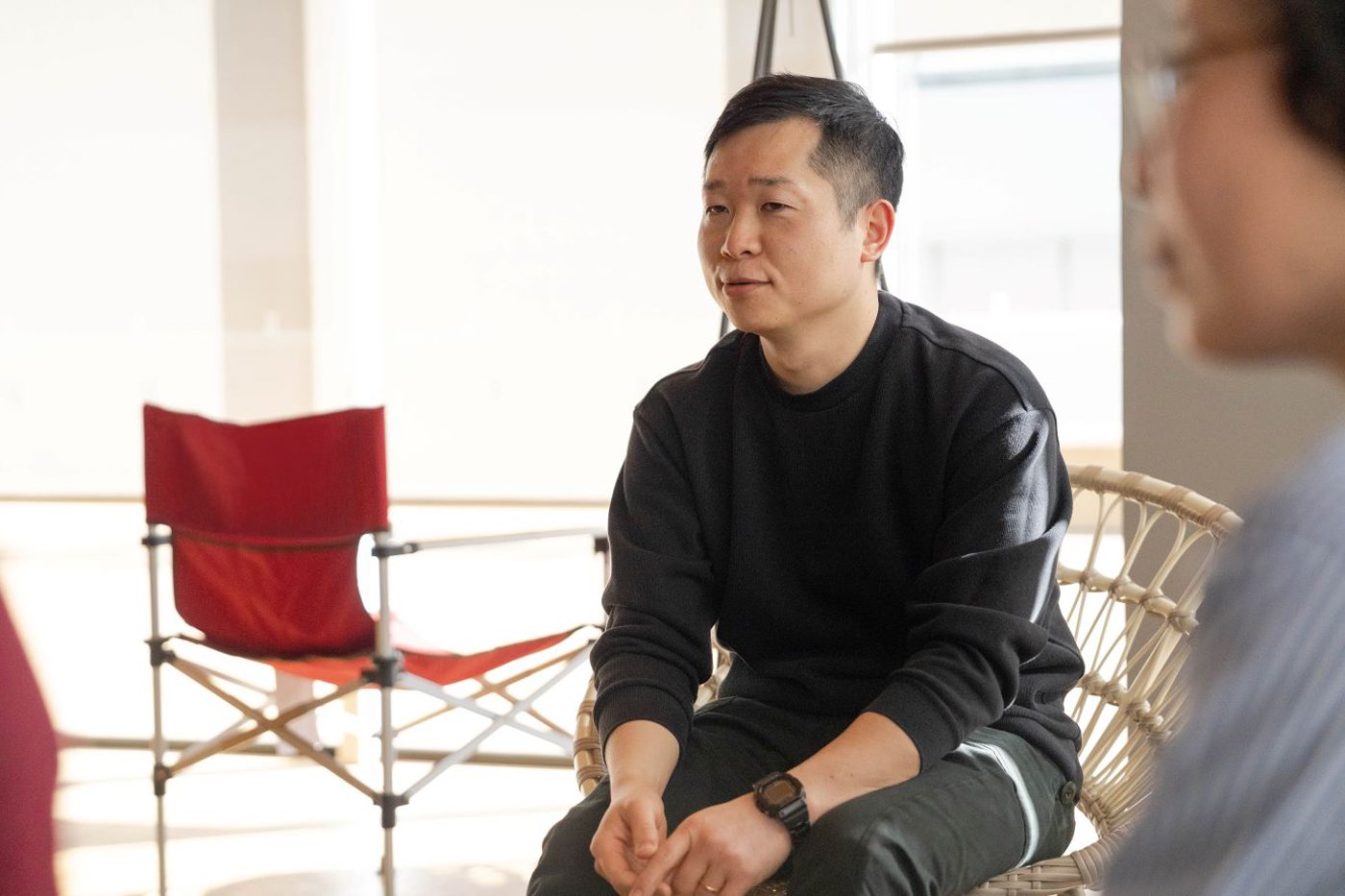
New Roles Born from New Challenges
- After the experience, what stands out to you about the DENSO Design Division?
Kasai: It's how well-connected we are with multiple departments. Work I had done previously turned out to be unexpectedly useful in other areas, and the ability to work across organizational boundaries is a real strength.
Hosokawa: The Design Division handles an incredibly wide range of tasks. We're often involved from the planning stage, and I feel there's a high degree of flexibility--we're not confined to predefined roles.
Hoshida: Even skills outside of our core expertise can lead to new functions or roles within the Design Division, as long as we believe they're valuable and take the initiative to explore them. I think it's quite rare to have a division that allows for that kind of freedom.
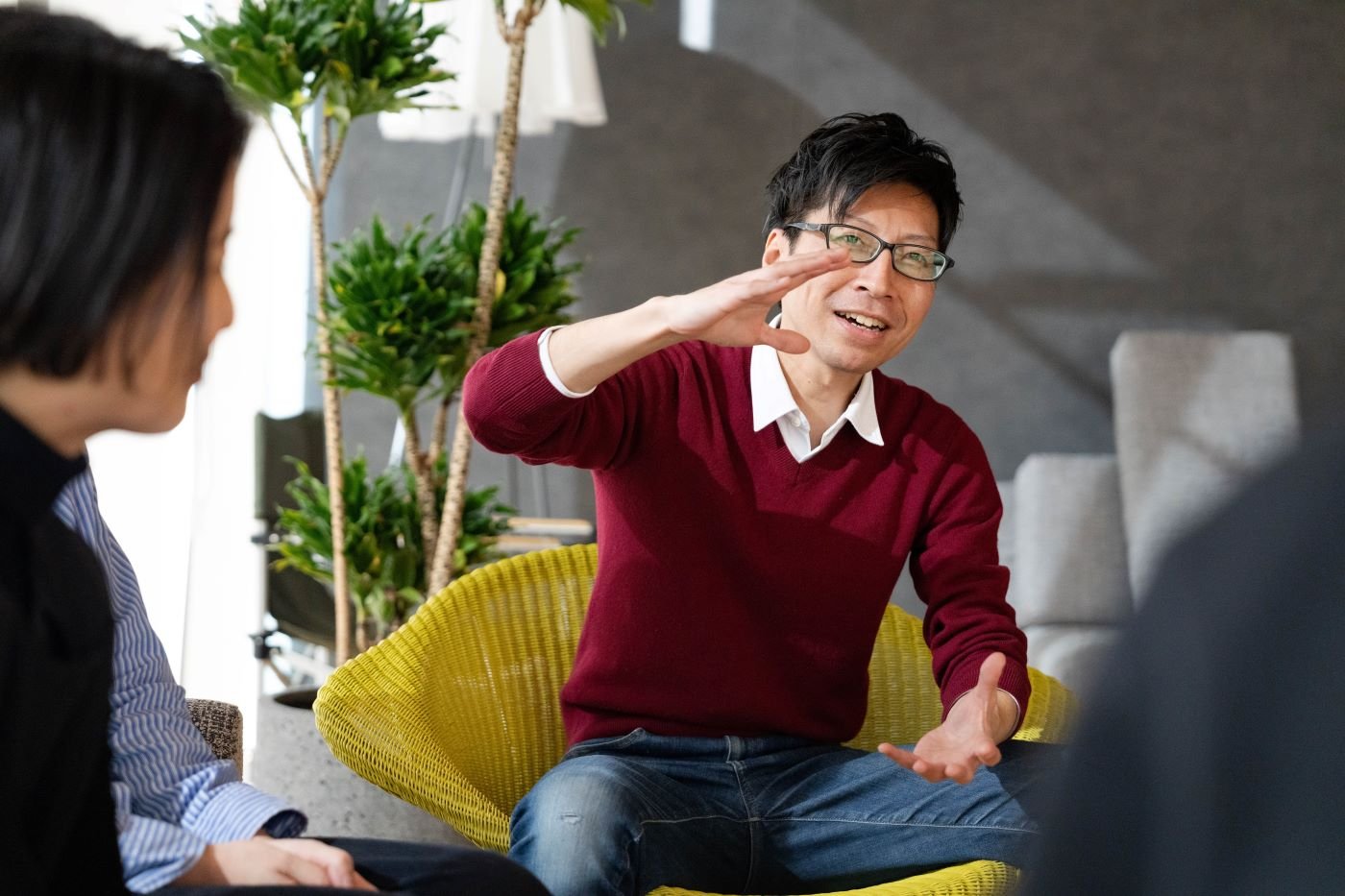
Through these transfers, designers have broadened their perspectives and explored new ways to define and elevate the value of design. The challenge to expand the possibilities of what it means to be a designer continues.
Other ActivitiesAll Activities
WorksAll Works









